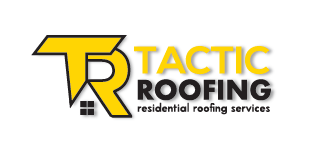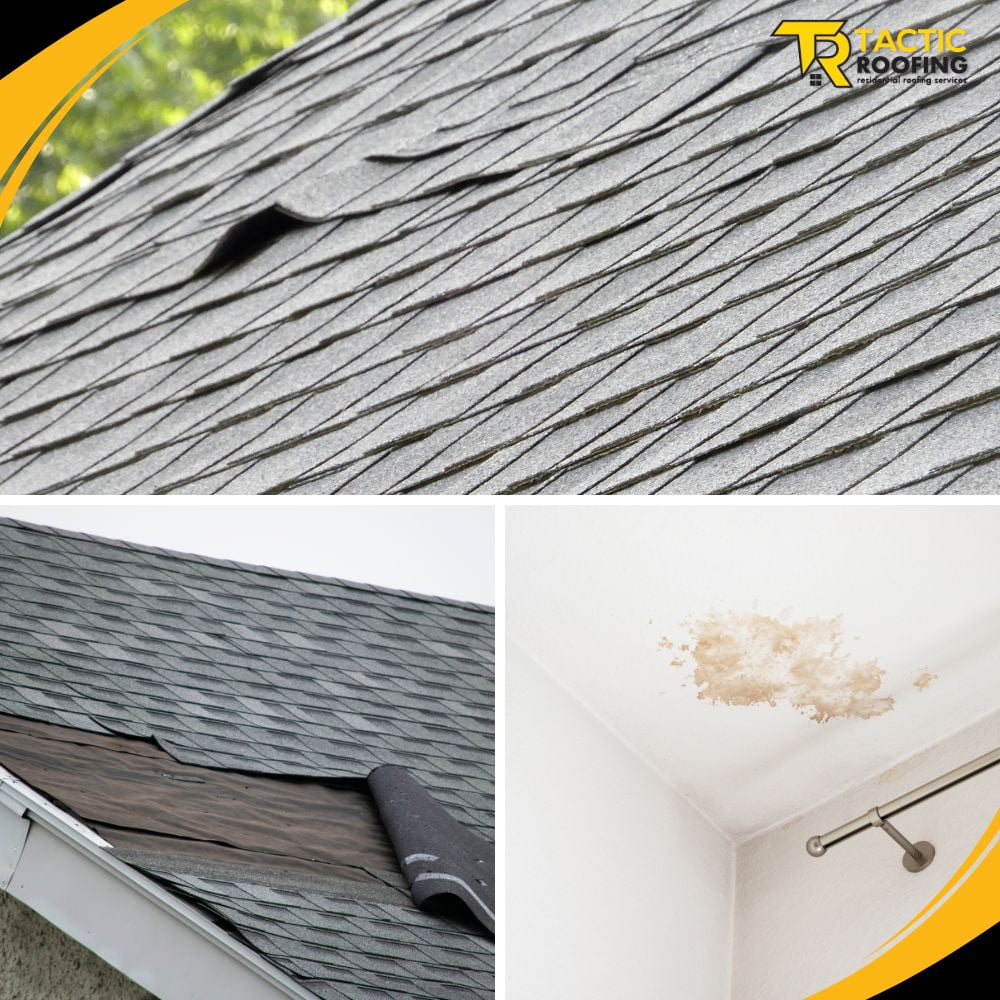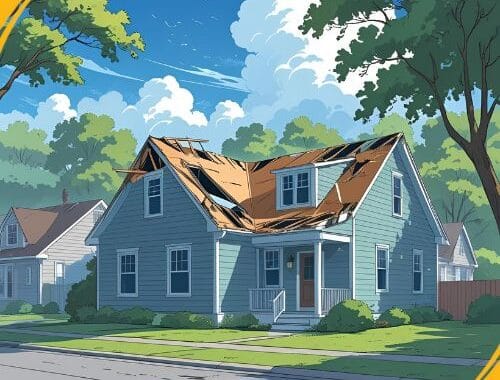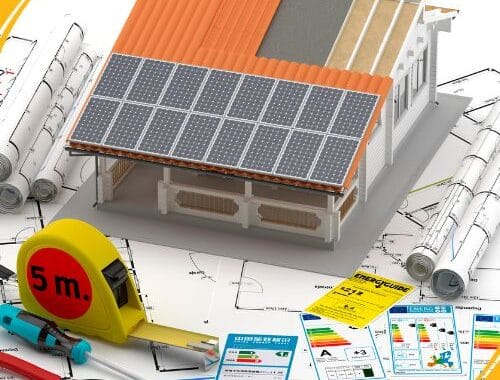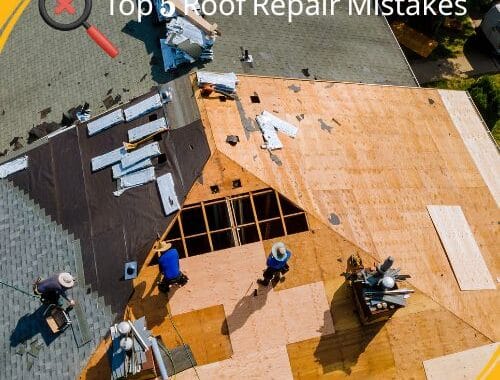A roof is a vital part of your home’s structural integrity, shielding you from the elements and protecting the interior from damage. However, roofs don’t last forever. Over time, wear and tear, weather conditions, and aging materials can lead to the need for repair or even replacement. As a homeowner, spotting these signs early can save you from costly repairs and serious damage to your home.
In this guide, we’ll explore 10 key signs that indicate you may need a roof repair or replacement. With this checklist, you’ll be able to inspect your roof, identify potential issues, and make informed decisions to keep your home safe and secure.
1. Cracked or Curling Shingles
One of the first visible signs of roof damage is cracked or curling shingles. Shingles are designed to lie flat on your roof to provide a watertight seal. When they start to crack, curl at the edges, or appear to lift from the roof surface, it’s a clear indication of aging or weather damage.
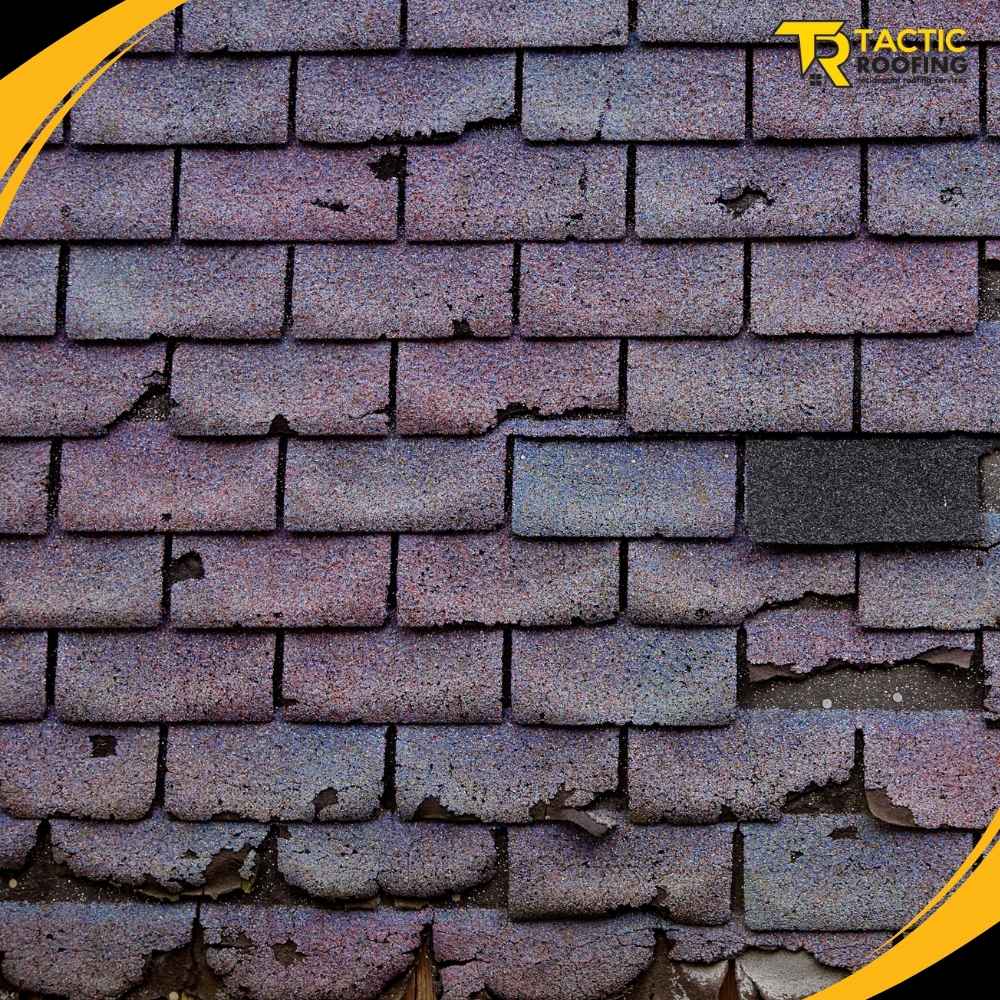
What to do: If you spot cracked or curling shingles, it’s essential to address the issue quickly. Small areas of damage can often be repaired, but widespread curling may signal the need for a full roof replacement.
2. Leaks in the Attic or Ceiling
A leaky roof is a sure sign that you need immediate attention. If you notice water stains, damp patches, or even active drips in your attic or ceiling, this indicates that water is seeping through the roof’s protective layers.
What to do: Small leaks can sometimes be repaired by sealing the affected area, but multiple leaks or water damage spread over a large area may require replacing sections of your roof or even the entire roof, depending on the severity.
3. Missing Shingles or Tiles
If you notice shingles or tiles missing from your roof, this exposes your home to further damage from wind, rain, and other elements. Missing shingles can be caused by strong winds, aging materials, or poor installation.
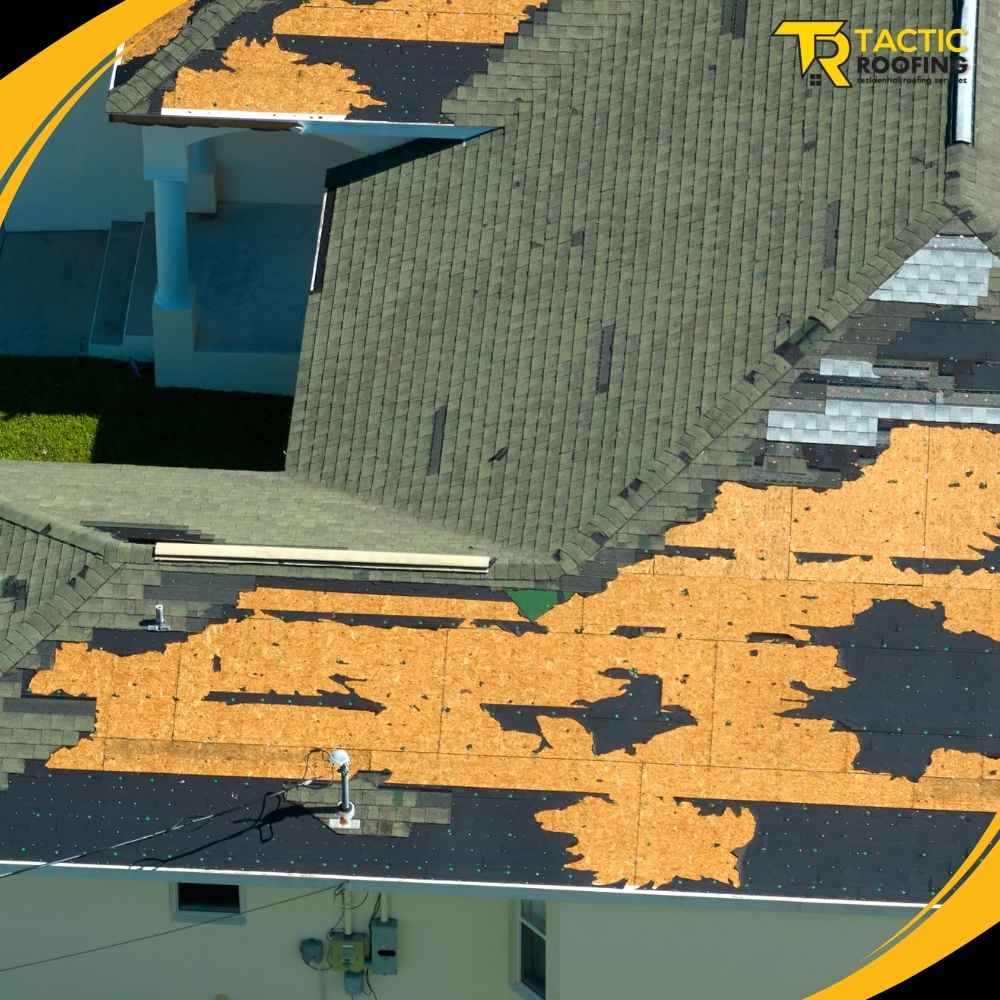
What to do: Replacing individual missing shingles is often a quick fix, but if they continue to come loose or large patches of shingles are missing, it might be time to consider a full roof replacement.
4. Sagging Rooflines
A sagging roofline is a severe structural issue that should be addressed immediately. It may indicate problems with the roof’s underlying support structure, often due to prolonged exposure to moisture or a weakened foundation. A sagging roof can compromise the entire structure of your home if left unchecked.
What to do: If you notice your roofline sagging, contact a professional roofer right away for a thorough inspection. This may require significant repairs or even replacing the roof altogether to avoid more extensive damage.
5. Granules in the Gutters
Asphalt shingles are covered with small granules that protect them from UV rays and provide fire resistance. If you find granules accumulating in your gutters or downspouts, it’s a sign that your shingles are deteriorating and losing their protective coating.
What to do: While some loss of granules is normal over time, excessive amounts suggest your shingles are nearing the end of their lifespan. At this stage, roof replacement may be the best option to prevent leaks and water damage.
6. Mold or Moss Growth
Moss or mold growing on your roof can cause serious problems. While moss may seem harmless, it can trap moisture, which leads to rotting and damage to the underlying roofing materials. Mold growth, on the other hand, can lead to health issues inside your home if it penetrates through your roof.
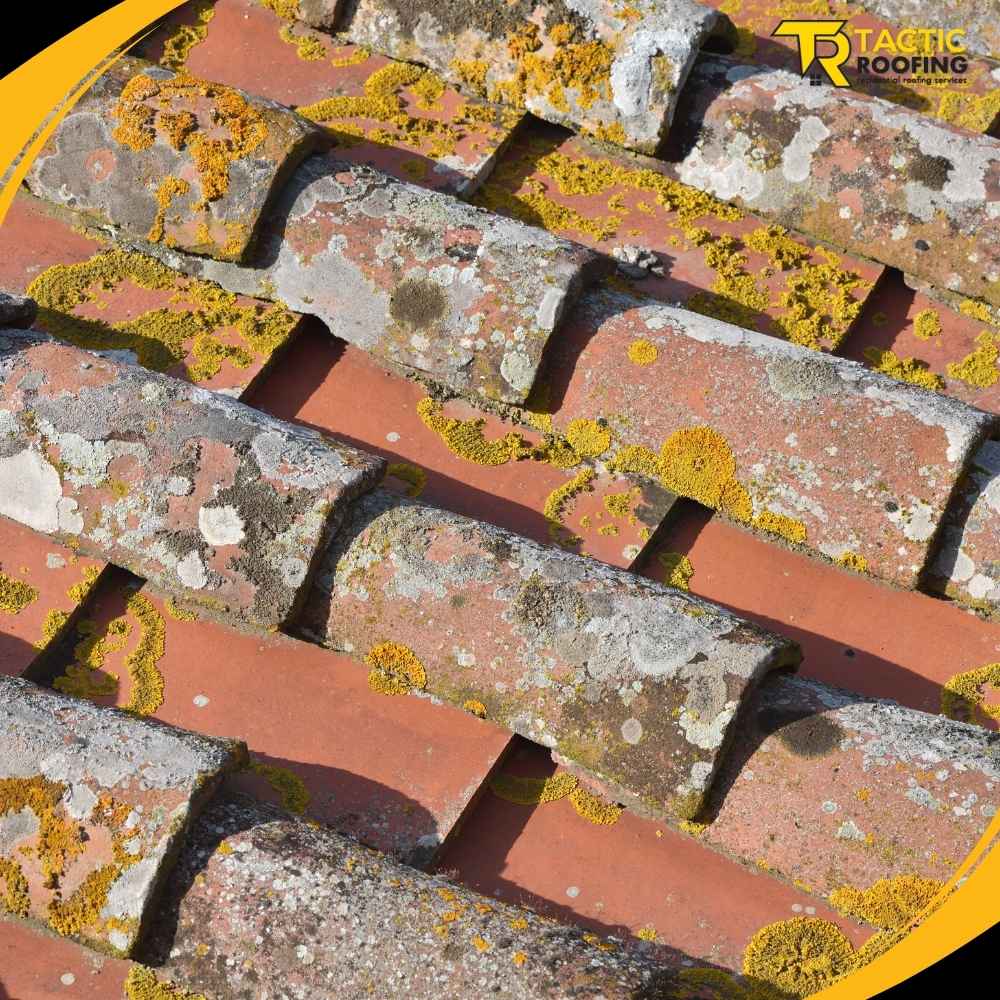
What to do: Remove moss or mold as soon as you spot it. Regular roof cleaning can help, but if the growth has caused damage to the roof materials, you may need repairs or even replacement.
7. Sunlight Coming Through the Roof Boards
If you can see sunlight streaming through your attic or roof boards, this is a major red flag that your roof’s structural integrity has been compromised. Gaps or holes in the roof allow water to enter and can lead to costly interior damage.
What to do: Any signs of light coming through the roof should prompt a professional inspection. Minor repairs can seal small gaps, but larger openings could necessitate more extensive work or a full replacement.
8. High Energy Bills
A spike in energy bills can indicate that your roof is no longer providing adequate insulation. When your roof is damaged or deteriorating, it allows hot or cold air to escape, causing your HVAC system to work harder to maintain a comfortable temperature inside your home.
What to do: If you notice your energy bills increasing without any changes in usage, have your roof inspected. A damaged roof can often be repaired, but in cases of severe energy inefficiency, replacing the roof may offer long-term savings.
9. Water Damage on Exterior Walls
Sometimes, roof damage becomes evident when you notice water stains or streaks running down your home’s exterior walls. This typically happens when gutters or downspouts are clogged or malfunctioning, allowing water to overflow and cause damage to the walls and foundation.
What to do: Clean out your gutters regularly and ensure they are functioning properly. If the problem persists, your roof may need repairs to address underlying issues, such as improper water drainage or shingle failure.
10. Age of Your Roof
The age of your roof is one of the most significant factors when deciding whether you need repairs or a replacement. Most asphalt shingle roofs last around 20 to 25 years, while other materials like metal or tile can last longer. If your roof is nearing or past its expected lifespan, it’s time to start considering a replacement, even if it hasn’t shown any obvious signs of damage yet.
What to do: If your roof is approaching its age limit, have it inspected by a professional to determine its condition. Planning for a replacement now can help you avoid emergency repairs in the future.
Conclusion: Stay Proactive with Roof Inspections
Keeping an eye on the condition of your roof is crucial for the longevity of your home. Regular roof inspections, both by yourself and professionals, will help you spot these signs early and take action before small problems turn into costly repairs. From cracked shingles to water leaks, knowing when to repair or replace your roof can save you money and ensure your home stays protected from the elements.
For homeowners wondering when to replace a roof or how to spot roof repair signs, this checklist provides a clear and actionable guide. Remember, addressing roof issues early can prevent further damage and extend the life of your home.
